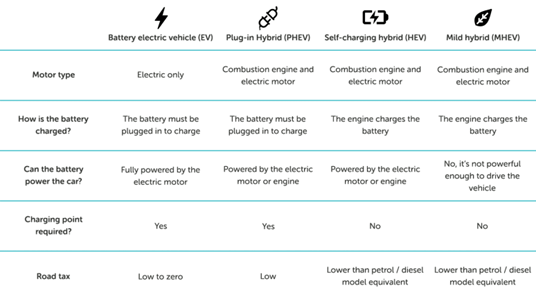In a latest development, the Delhi government, under its Electric Vehicle (EV) policy, has decided to incentivise passenger and cargo e-cycles having a speed of less than 25 km/hr.
|
By 2030, 80% of two and three-wheelers, 40% of buses, and 30 to 70% of cars in India will be electric vehicles- NITI Aayog. |
What Are Electric Cars?
|
Main raw material in a Battery There are five main raw materials in Li-ion batteries:
|

|
Key-highlights of the Delhi EV Policy
|
|
Battery swapping policy
|
|
India consumes 29.4 per cent of the world's oil and crude oil accounts for more than a quarter of its imports. It spent over $100 billion on oil imports in FY20. |
With a population of 1.3 billion people and scarce resources, mass transition to EVs is not an easy task. Electric mobility can help India achieve its INDC targets, reduce oil import dependence, and ensure energy security. Therefore, sustained efforts and robust policies, and public-private collaboration are needed to achieve the target of green future.
Verifying, please be patient.